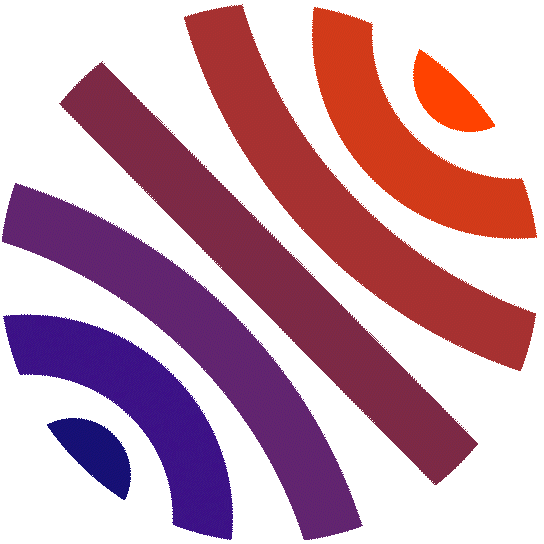La mécanique des arts et l’IA chez Raymond Roussel
La mécanique des arts et l’IA chez Raymond Roussel
Résumé
It is not uncommon to compare printed texts with what has emerged
digital literature. While some examples are well
such as the permutational texts of Jean Meschinot and Quirinus Kuhlmann
and Quirinus Kuhlmann or the work of Borges, Cortázar,
Queneau, to name but a few, the relationship between
Raymond Roussel and this literature, which he could not have known
been much studied. It does exist, however, and is presented in
interesting because Roussel works with language from within, without
Roussel works with language from within, without spreading out the grammatical skeleton
as more generative approaches do. In this case, if
his texts can be compared with the programmed digital literature of the
literature of the second half of the twentieth century and the beginning of the
the second half of the twentieth century and the beginning of the twenty-first, it's because the latter is also a literaturee ‘of language’ and not just a literature of the ‘structure of language’.
and not just a literature of the ‘structure of language’, as we would tend to think that it is a literature of ‘language structure’, as we would tend to believe if we were too quick to place it in the context of automatic language processing.
Il n’est pas rare de rapprocher des textes imprimés de ce qui a vu
le jour plus tard en littérature numérique. Si certains exemples sont
bien balisés, comme les textes permutationnels de Jean Meschinot
et Quirinus Kuhlmann ou les travaux de Borges, Cortázar,
Queneau pour n’en citer que quelques-uns, la relation entre
Raymond Roussel et cette littérature qu’il ne pouvait connaître n’a
pas beaucoup été étudiée. Elle existe pourtant et se présente sous
un jour intéressant du fait que Roussel travaille la langue depuis
l’intérieur même de celle-ci, sans en étaler le squelette grammatical
comme le font les approches plus génératives. Dans ce cas, si
un rapprochement peut être fait entre ses textes et la littérature
numérique programmée de la seconde moitié du XXe siècle et du
début du XXIe siècle, c’est parce que cette dernière est également
une littérature « de la langue » et non seulement une littérature
de la « structure de la langue » comme on aurait tendance à le
croire en l’inscrivant trop vite dans une perspective de traitement
automatique de la langue.
| Origine | Accord explicite pour ce dépôt |
|---|
